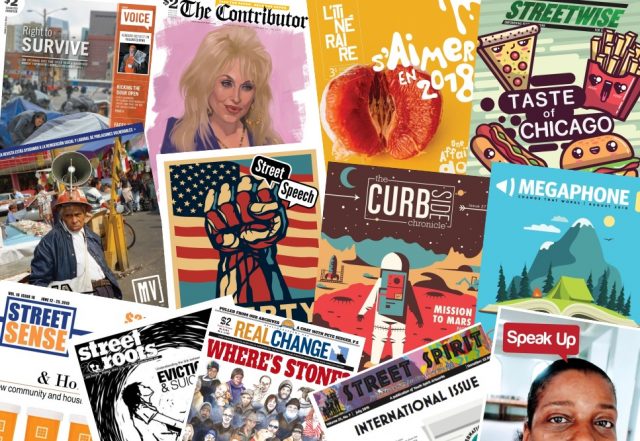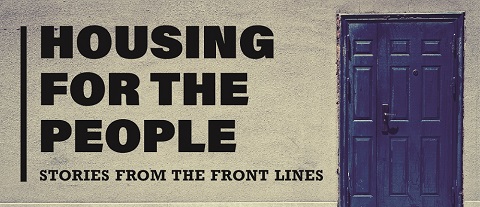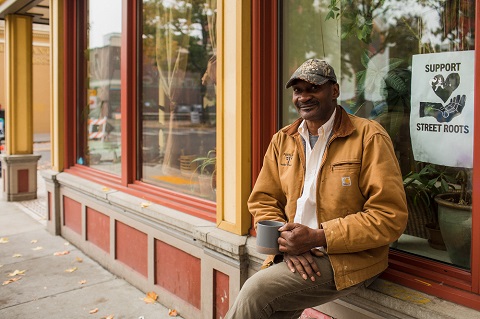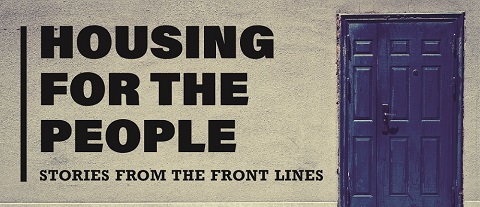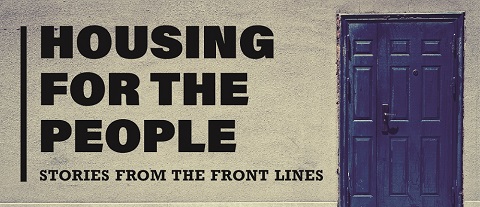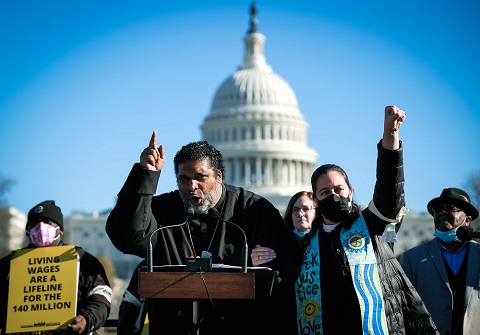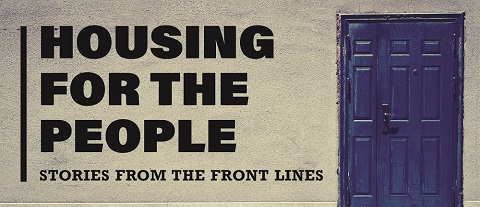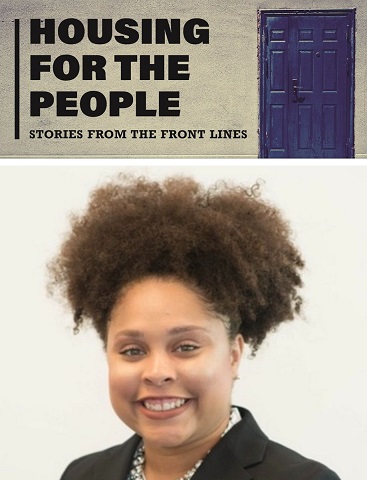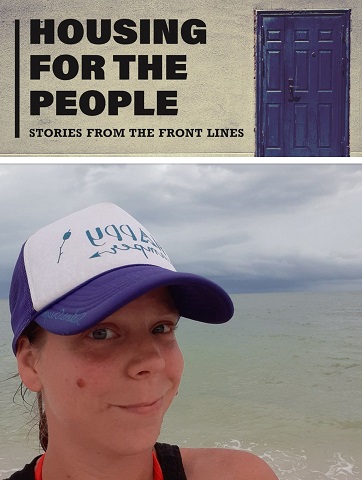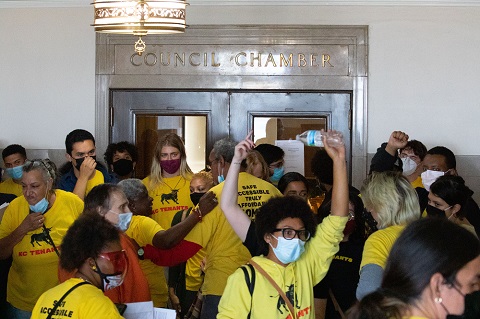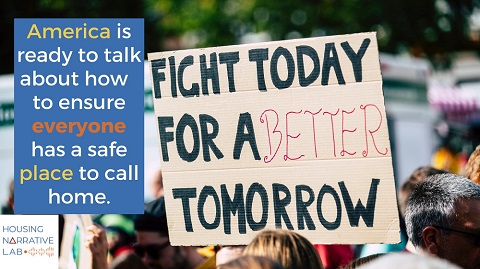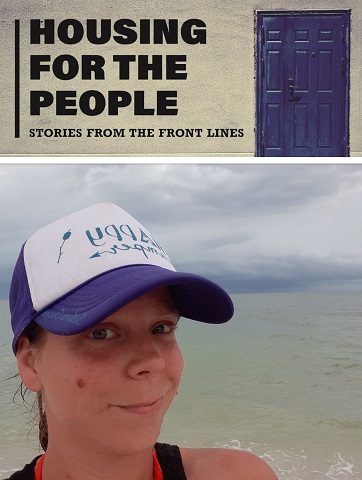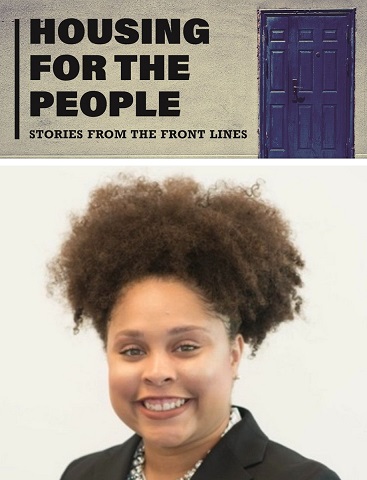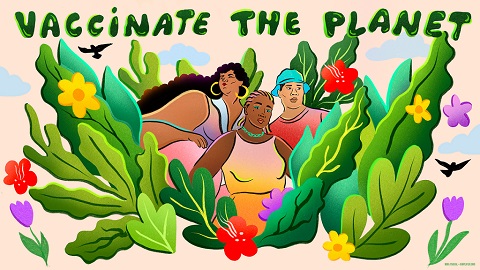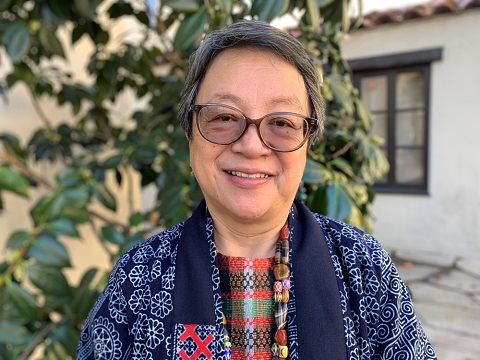We are in a critical moment. In the midst of an ongoing global pandemic that is leaving no family untouched, compounded by increasingly extreme weather events linked to climate change, a unique global art project is shining a light on voices essential to the ecological solutions and collective healing we seek: Indigenous women.
‘Thriving Peoples, Thriving Places’, the second collaboration between Indigenous-focused not for profit Nia Tero and design lab Amplifier, launches today to mark International Day of the World’s Indigenous Peoples. The global exhibit includes six original portraits commissioned from Washington DC-based artist and illustrator Tracie Ching (who has worked with Marvel and K-pop stars BTS), designed in collaboration with Cindy Chischilly (Diné). The art is available digitally as well as at public art events in cities such as Seattle (US), Washington DC (US), New York City (US), São Paulo (Brazil), and London (UK). The goal of the project is to at once celebrate Indigenous women as stewards of biodiversity across Earth and to prompt action amongst an engaged global audience.
The nine Indigenous women at the centre of this project provide robust examples of real-life action to engage in to strive for the health and future of the planet. They are from communities spanning the globe, from the Philippines and New Zealand, to the Brazilian Amazon to Scandinavia, to the global north, embodying Indigenous experience and carrying generational knowledge and inherited responsibilities that come with that. These celebrated leaders include:
Sônia Guajajara (Guajajara), an activist in Brazil and leader of Articulação dos Povos Indígenas do Brasil (Association of Indigenous Peoples of Brazil), which brings together 305 ethnicities around the agenda of Indigenous rights in the region.
Nara Baré (Baré), a Brazillian activist who was the first woman to assume the general coordination the largest indigenous organization in the country, the Coalition of Indigenous Organizations of the Brazilian Amazon (COIAB).
Célia Xakriabá (Xakriabá), a Brazilian activist leading a new generation of female Indigenous leaders in the battle against the destruction of Brazil’s forests both in the Amazon and the lesser known Cerrado, a savannah that covers a fifth of the country.
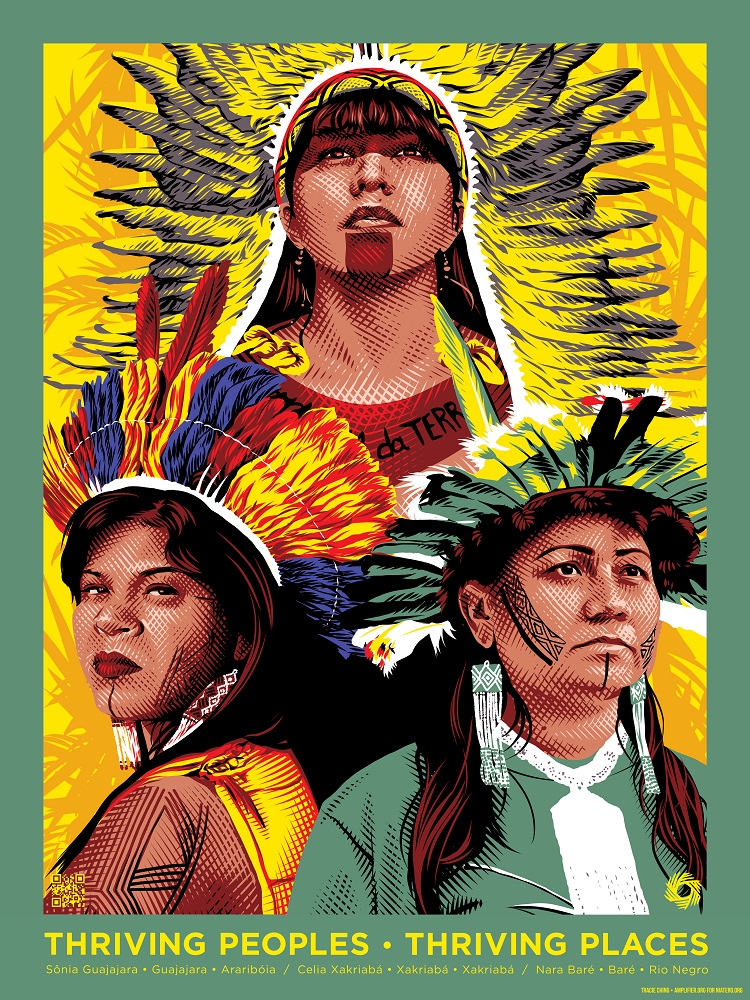
Vicky Tauli Corpuz (Kankanaey Igorot), an activist who not only helped organize the Igorot student movement in Manila in the 1970s and the Indigenous Peoples’ Movement in the Cordillera, but actively participated in the drafting, negotiations, and adoption of the UN Declaration on the Rights of Indigenous Peoples.
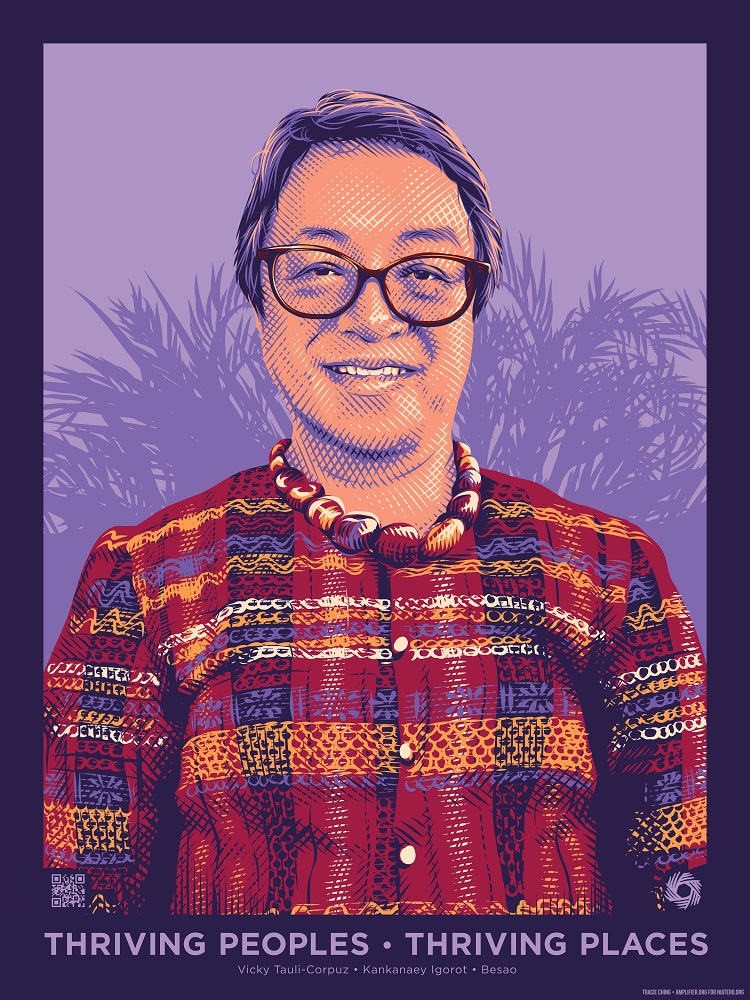
Pania Newton (Ngapuhi, Te Rarawa, Waikato, Ngati Mahuta), a lawyer and Māori land rights activist who organized the group Save Our Unique Landscape (SOUL) to protest the development of land at Ihumātao in south Auckland.

Marjorie Kunaq Tahbone (Inupiaq, Kiowa), an environmental activist whose artistic work focuses on revitalizing ancient skills such as hide tanning, making traditional regalia, and tool making.
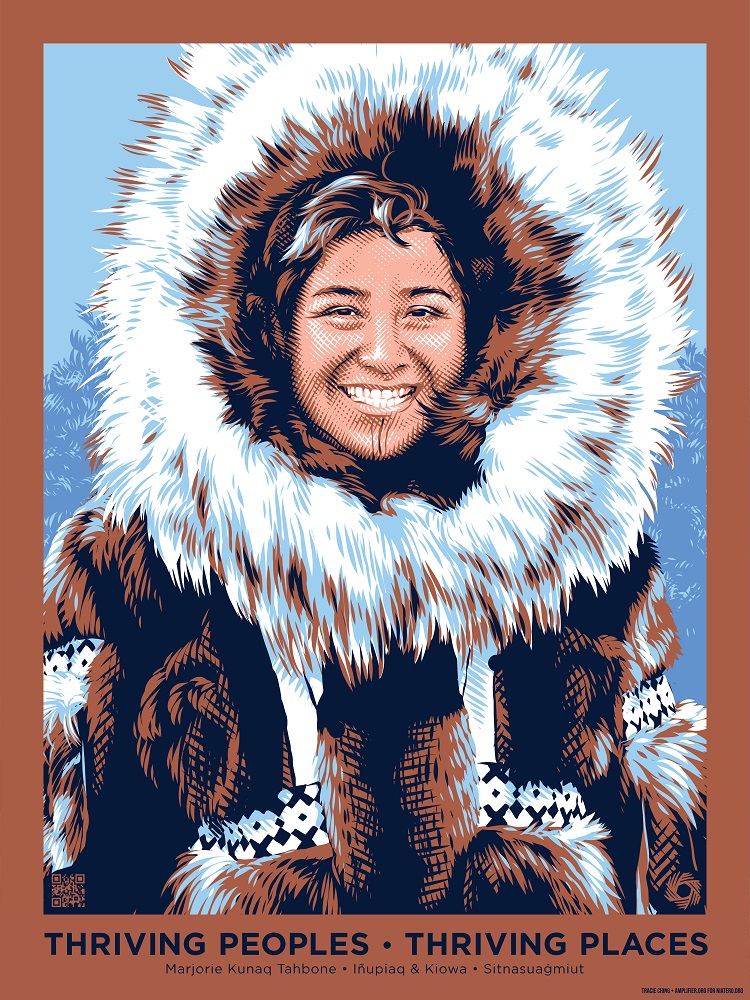
Gunn-Britt Retter (Saami), a professor, formerly part of the Arctic Council Indigenous Peoples’ Secretariat, and current Head of Arctic and Environmental Unit for the Saami Council.
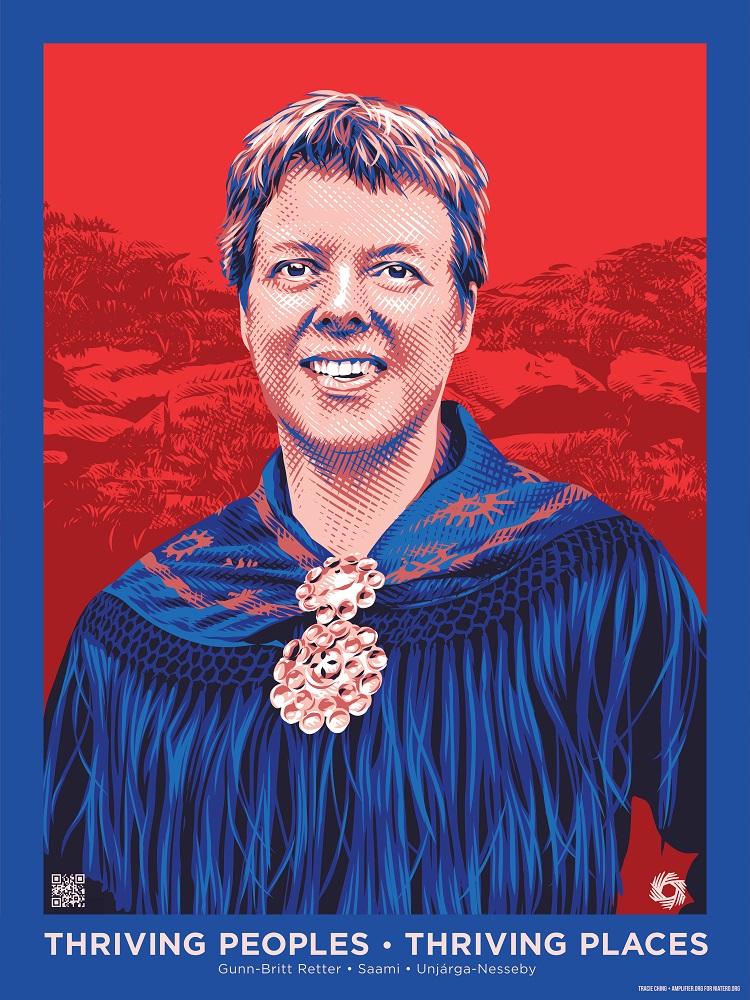
Deb Abrahamson (Spokane Tribe), an environmental activist and water protector who played a large part in the push to clean up the legacy of uranium mining on the Spokane Indian Reservation; Abrahamson died of cancer in January of 2020, attributing her illness to the very radioactive toxins that she had dedicated her life to saving others from.
Twa-le Abrahamson-Swan (Spokane Tribe), an environmental activist and executive director, the River Warrior Society, a collective across the Coeur d’Alene, Colville, Kalispel, Nez Perce, and Spokane tribes; Abrahamson-Swan refocused the collective’s energies on providing pandemic and wildfire relief; daughter of Deb Abrahamson.
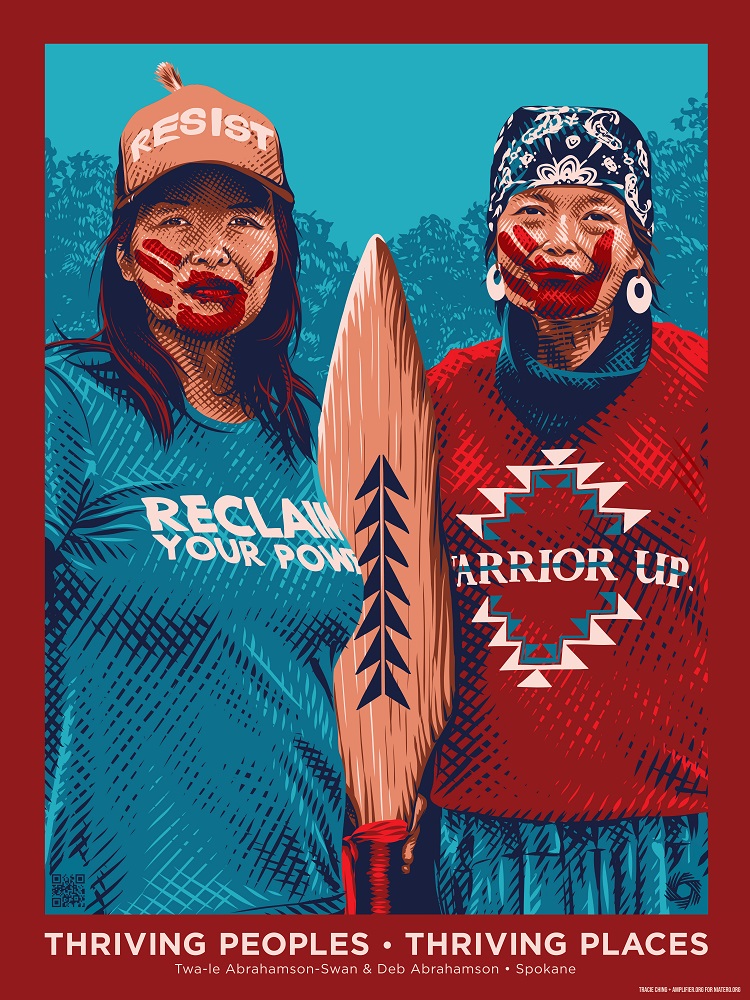
This art initiative arrives in tandem with several critical global convenings, including: the International Union for Conservation of Nature (IUCN) in Marseille, France in September 2021, and the United Nations Climate Change Conference of the Parties (COP26) in Glasgow, Scotland in November 2021 with an eye towards the additional critical climate and biodiversity conversations in 2022 and beyond.
At global policy events such as these, many of which were postponed in 2020 due to the pandemic and from which policy decisions evolve effecting how governments around the world respond to global issues and emergencies, the presence and participation of Indigenous women is vital. As acknowledged by the United Nations Department of Economic and Social Affairs, “Despite their enormous assets and contribution to society, Indigenous women still suffer from discrimination, both as women and as Indigenous individuals. They are subjected to extreme poverty, trafficking, illiteracy, lack of access to ancestral lands, non-existent or poor health care and to violence in the private and the public sphere.” As such, Indigenous women’s understanding of intersecting issues – and the urgency and solutions needed to address them – makes their presence and leadership in global policy discussions essential.
The activists, artists, and scholars at the heart of ‘Thriving Peoples, Thriving Places’ exemplify the ideals of guardianship, kinship, reciprocity, and wisdom. Their voices, work, and leadership benefit not only their own peoples and communities, but all of us who share this planet, which is why now, more than ever, we must celebrate them, listen to them, and, most importantly, follow their lead.
INSP partnered with Nia Tero to ensure this project was available for print to INSP’s street paper members, already appearing in Real Change in Seattle, and Megaphone in British Columbia, Canada, as can be seen below.
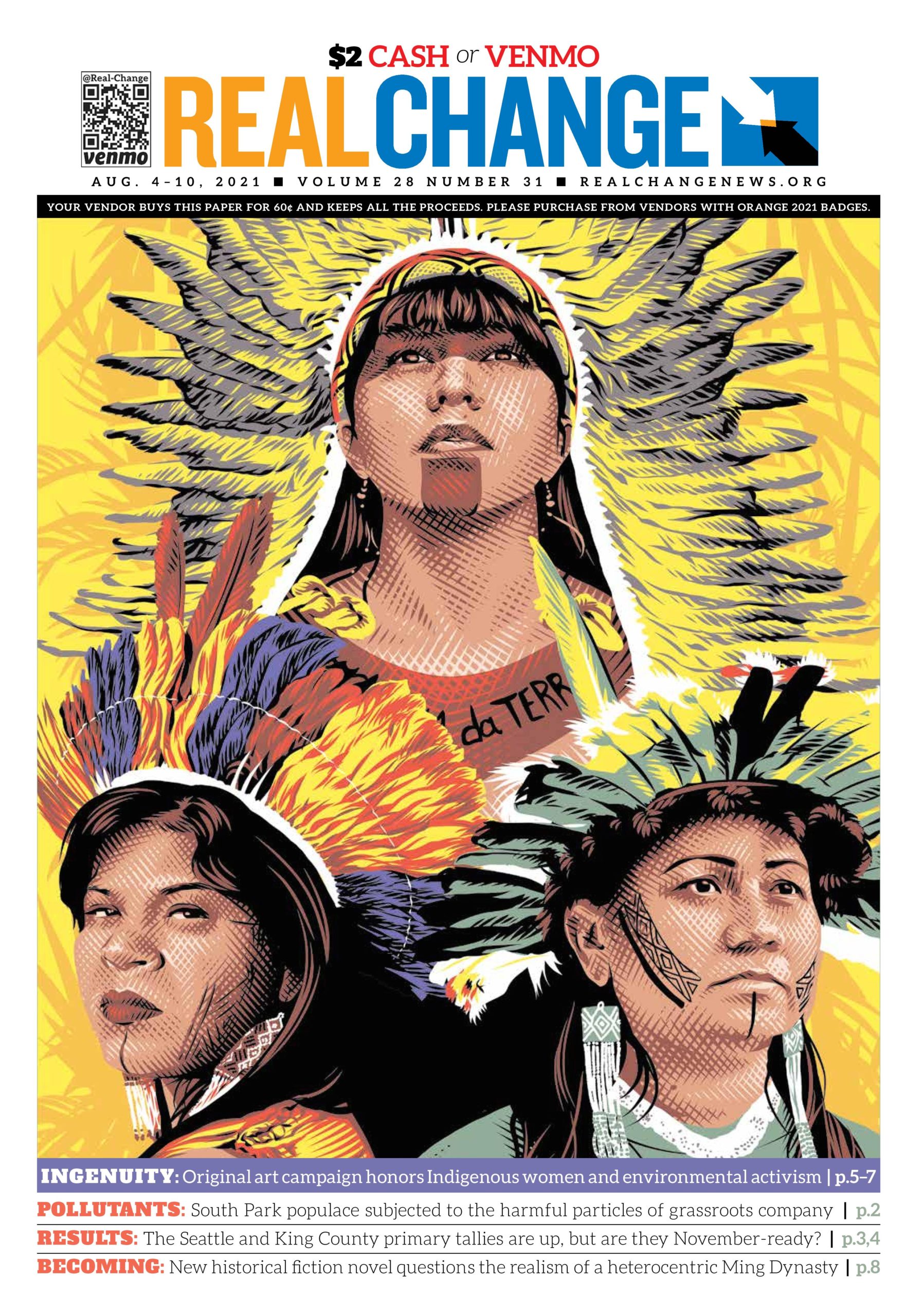
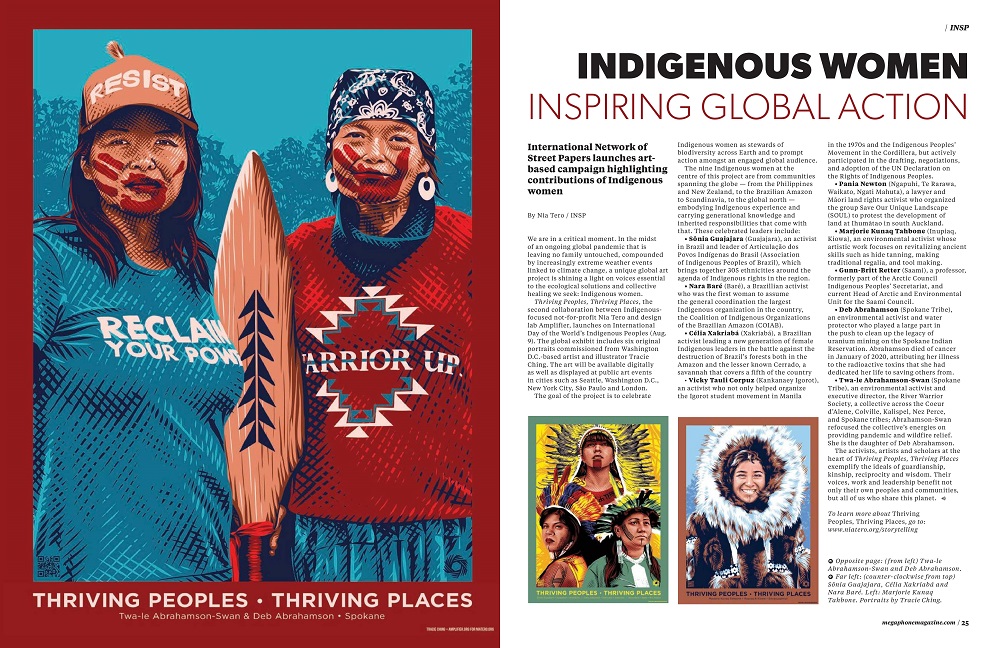
To learn more about ‘Thriving Peoples, Thriving Places’, go to: www.niatero.org/thrivingpeoples
INSP members can still download materials from this project for republication here.
All posters designed by Tracie Ching. Courtesy of Nia Tero / Amplifier




